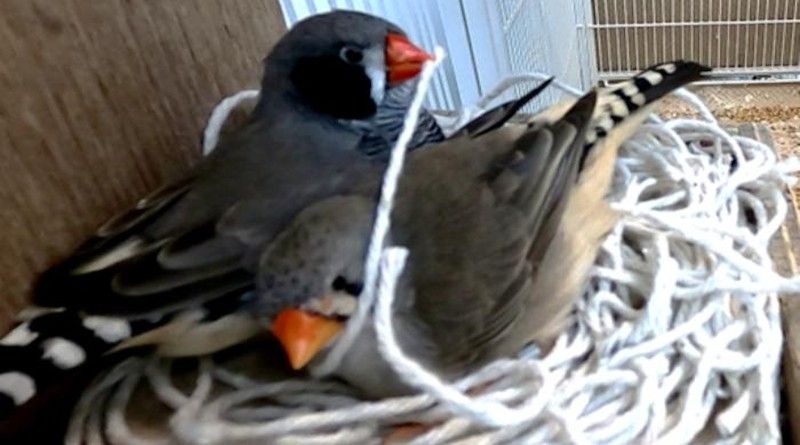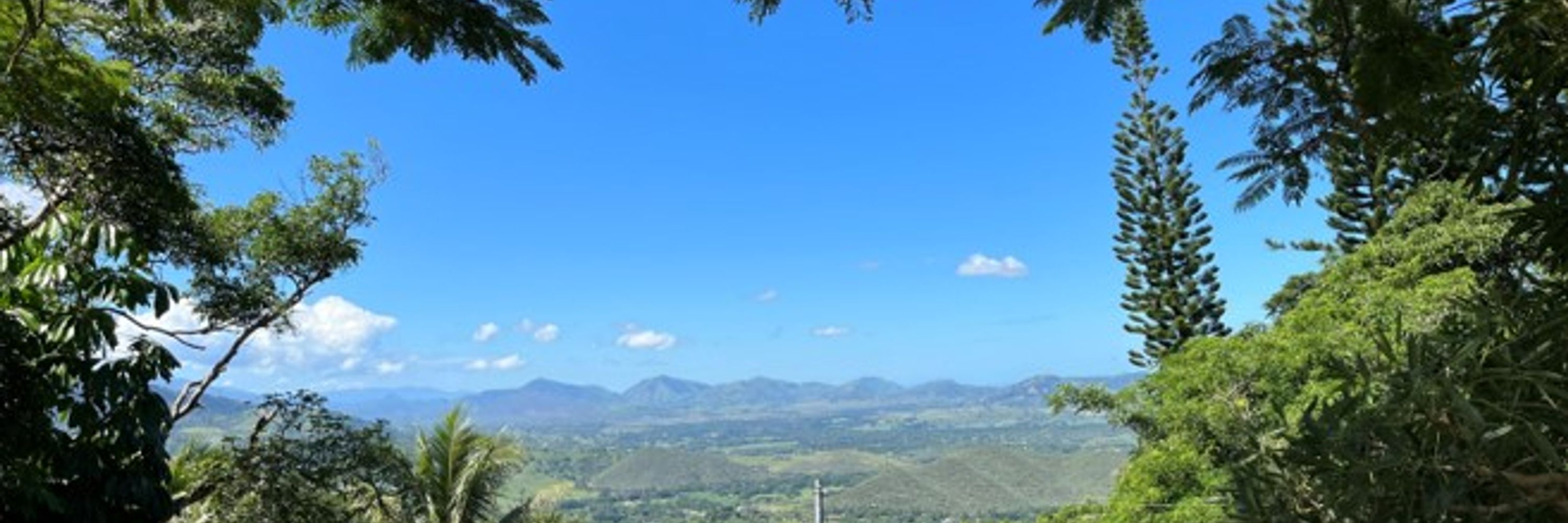

Our biologically inspired video analysis tool sees motion as colour. Track animals or objects, classify their behaviour, and handle complex natural scenes with ease.
Semi-supervised annotation, no GPUs required, user-friendly, free & open source.
Pre-print tinyurl.com/BehaveAI
Our biologically inspired video analysis tool sees motion as colour. Track animals or objects, classify their behaviour, and handle complex natural scenes with ease.
Semi-supervised annotation, no GPUs required, user-friendly, free & open source.
Pre-print tinyurl.com/BehaveAI
Work on ML, theor. neuroscience, computational psychiatry, behavioral experiments or data analysis at a top institution in Tübingen. For students facing barriers in higher education. 👉 cactus-internship.tuebingen.mpg.de

Work on ML, theor. neuroscience, computational psychiatry, behavioral experiments or data analysis at a top institution in Tübingen. For students facing barriers in higher education. 👉 cactus-internship.tuebingen.mpg.de

Apply by Nov 12!
Maybe of interest to folks from #COSMOS2025 or @eslr.bsky.social? Please feel free to share! 🙏
Apply by Nov 12!
Maybe of interest to folks from #COSMOS2025 or @eslr.bsky.social? Please feel free to share! 🙏
Siblings and non-parental adults provide alternative pathways to cultural inheritance in juvenile great tits 🐦🧩
Link to study:
10.0.5.91/journal.pbio...
Co-authors:
@lucymaplin.bsky.social
@galarconnieto.bsky.social
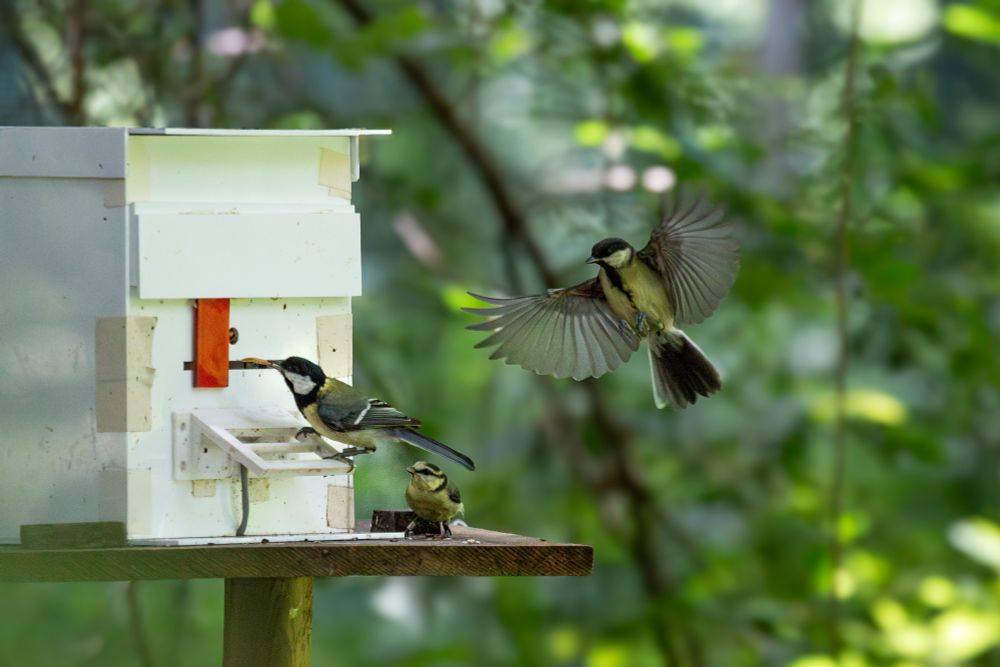
Siblings and non-parental adults provide alternative pathways to cultural inheritance in juvenile great tits 🐦🧩
Link to study:
10.0.5.91/journal.pbio...
Co-authors:
@lucymaplin.bsky.social
@galarconnieto.bsky.social
We discuss some possibilities in our new review in Emu - Austral Ornithology!
@fusanilab.bsky.social
doi.org/10.1080/0158...

We discuss some possibilities in our new review in Emu - Austral Ornithology!
@fusanilab.bsky.social
doi.org/10.1080/0158...

www.cell.com/current-biol...

www.cell.com/current-biol...


👍 for this new comparison of how animal tools and nests are talked about, from Sally Street et al.
The need to slap a human-like ‘intelligence’ label on animals is a symptom of this bias (writing a book on that now) 🧪🪹🔨
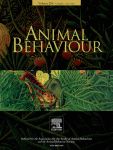
👍 for this new comparison of how animal tools and nests are talked about, from Sally Street et al.
The need to slap a human-like ‘intelligence’ label on animals is a symptom of this bias (writing a book on that now) 🧪🪹🔨
I'm looking for 3 PhDs & 1 Postdoc for my @erc.europa.eu project “C4: Compositional Compression in Cognition and Culture” to study learning across individuals, teams, and cultural timescales
👉 PhD: hmc-lab.com/ERC_PhDs.html
👉 Postdoc: hmc-lab.com/ERC_Postdoc....
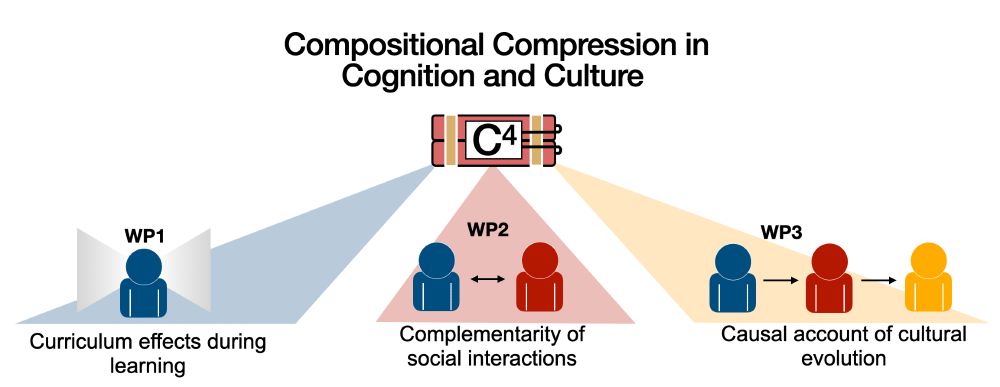
I'm looking for 3 PhDs & 1 Postdoc for my @erc.europa.eu project “C4: Compositional Compression in Cognition and Culture” to study learning across individuals, teams, and cultural timescales
👉 PhD: hmc-lab.com/ERC_PhDs.html
👉 Postdoc: hmc-lab.com/ERC_Postdoc....
🔗 doi.org/10.1101/2025...
🧵1/n

🔗 doi.org/10.1101/2025...
🧵1/n
First up is Dr Annika Tjuka ✨
@annikatjuka.bsky.social
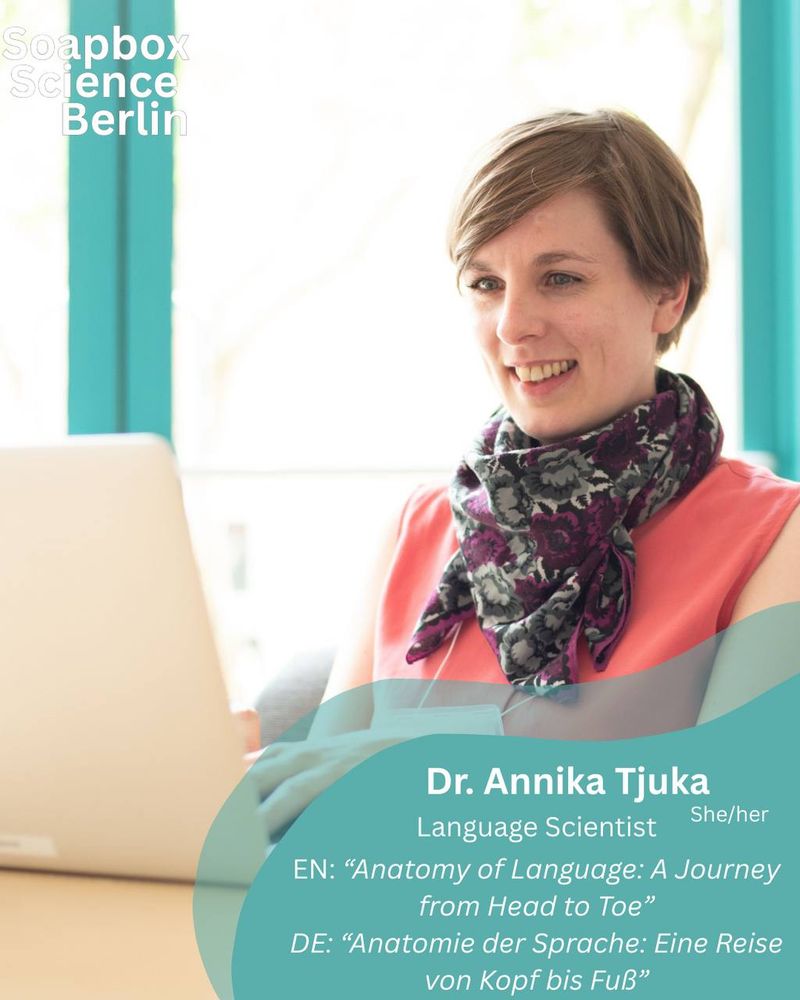
First up is Dr Annika Tjuka ✨
@annikatjuka.bsky.social
Videos will worth watching
www.pnas.org/doi/full/10....
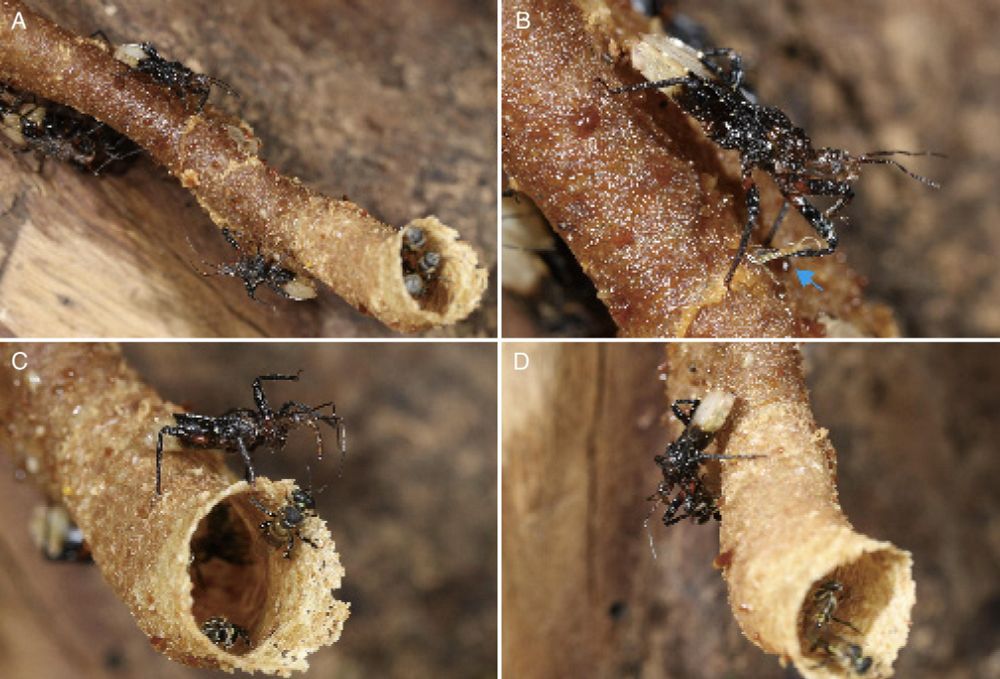
Videos will worth watching
www.pnas.org/doi/full/10....
📍 Hamilton, NZ
Closes: 4th May 2025
🔗 www.seek.co.nz/job/83279795...
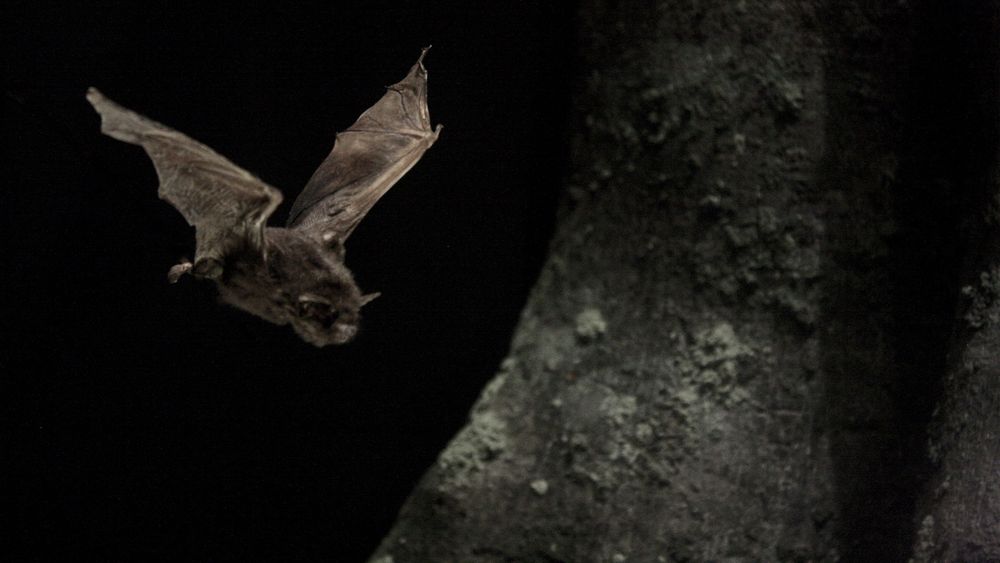
📍 Hamilton, NZ
Closes: 4th May 2025
🔗 www.seek.co.nz/job/83279795...
The Social & Cognitive Origins group at @jhuartssciences.bsky.social (social-cognitive-origins.com), directed by Dr. Christopher Krupenye, is recruiting a full-time research assistant or lab manager to begin Summer 2025. The position has a one-year minimum, w/ the possibility of extension. 1/
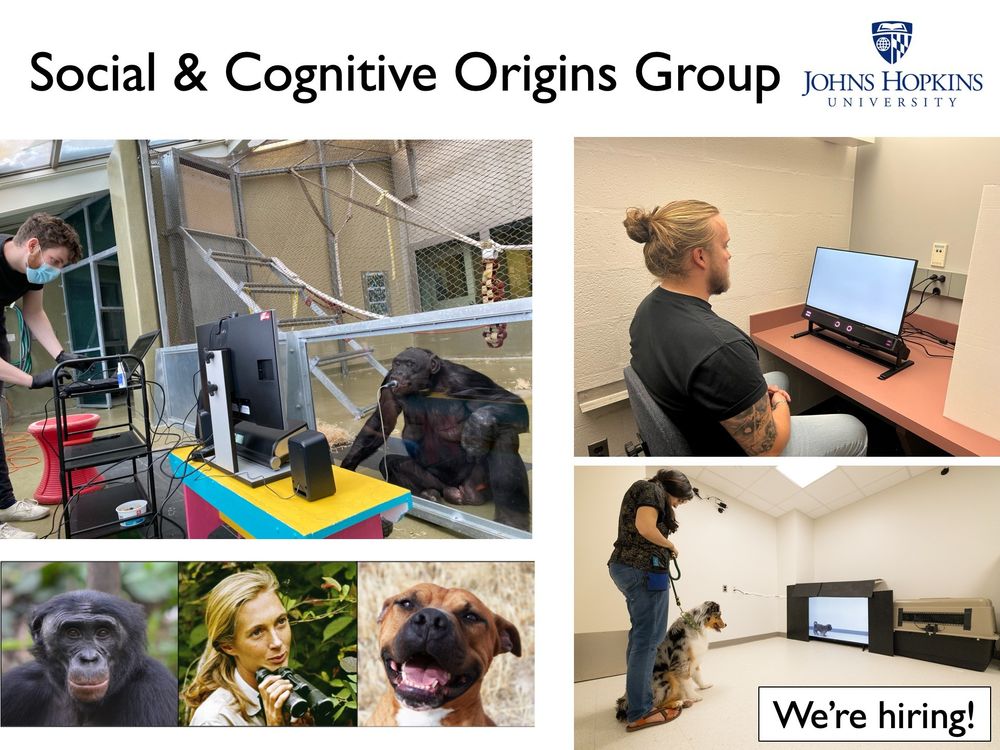
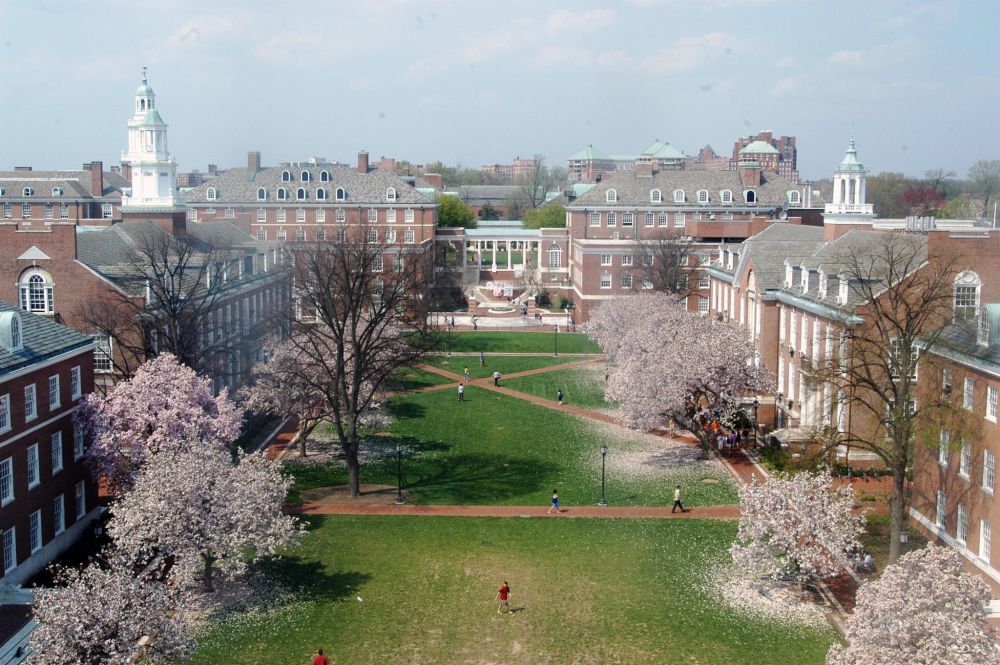
The Social & Cognitive Origins group at @jhuartssciences.bsky.social (social-cognitive-origins.com), directed by Dr. Christopher Krupenye, is recruiting a full-time research assistant or lab manager to begin Summer 2025. The position has a one-year minimum, w/ the possibility of extension. 1/

I'm proud to share our discovery of layers of vintage plastic in urban birds’ nests... going back decades in time! 👀
“You flip through these nests like through pages of a history book, uncovering the past.” 📚
Let's dive in! 🧵👇 1/x
#scicomm 🧪🪶
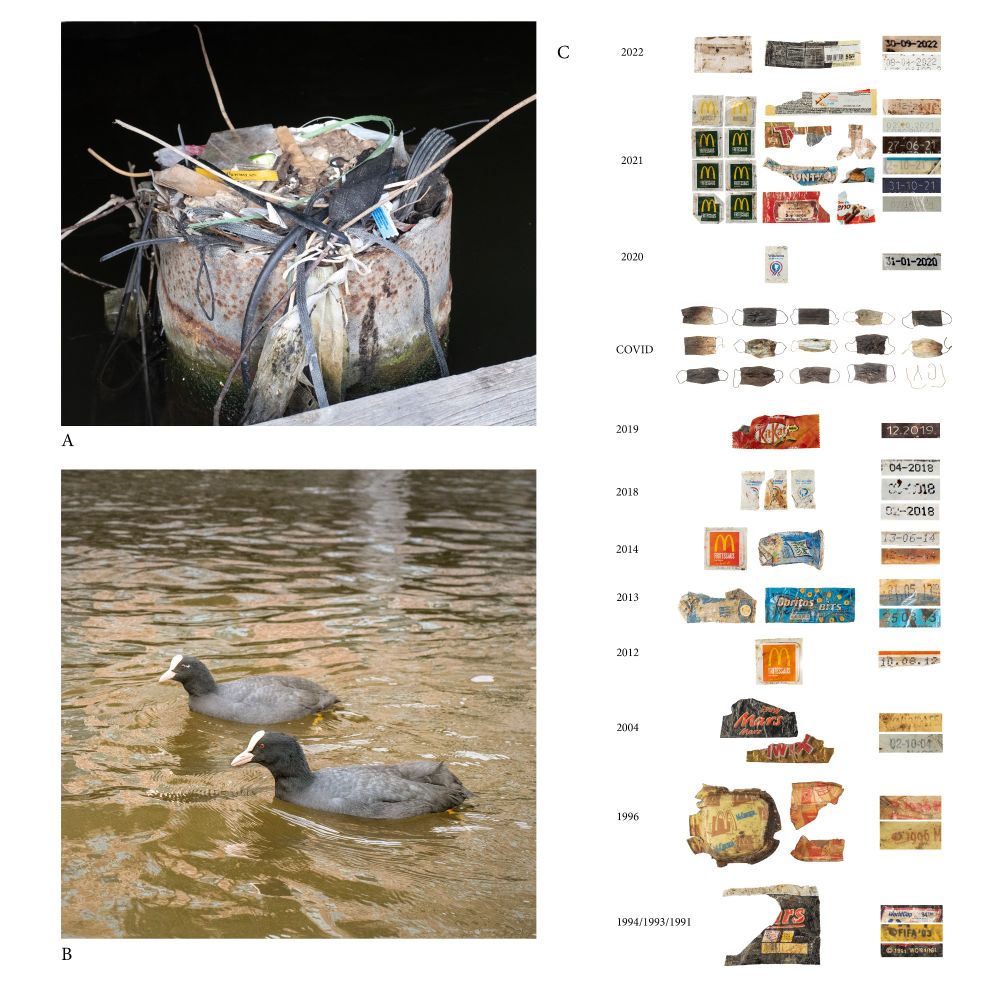
I'm proud to share our discovery of layers of vintage plastic in urban birds’ nests... going back decades in time! 👀
“You flip through these nests like through pages of a history book, uncovering the past.” 📚
Let's dive in! 🧵👇 1/x
#scicomm 🧪🪶
johnhawks.net/weblog/four-...

johnhawks.net/weblog/four-...
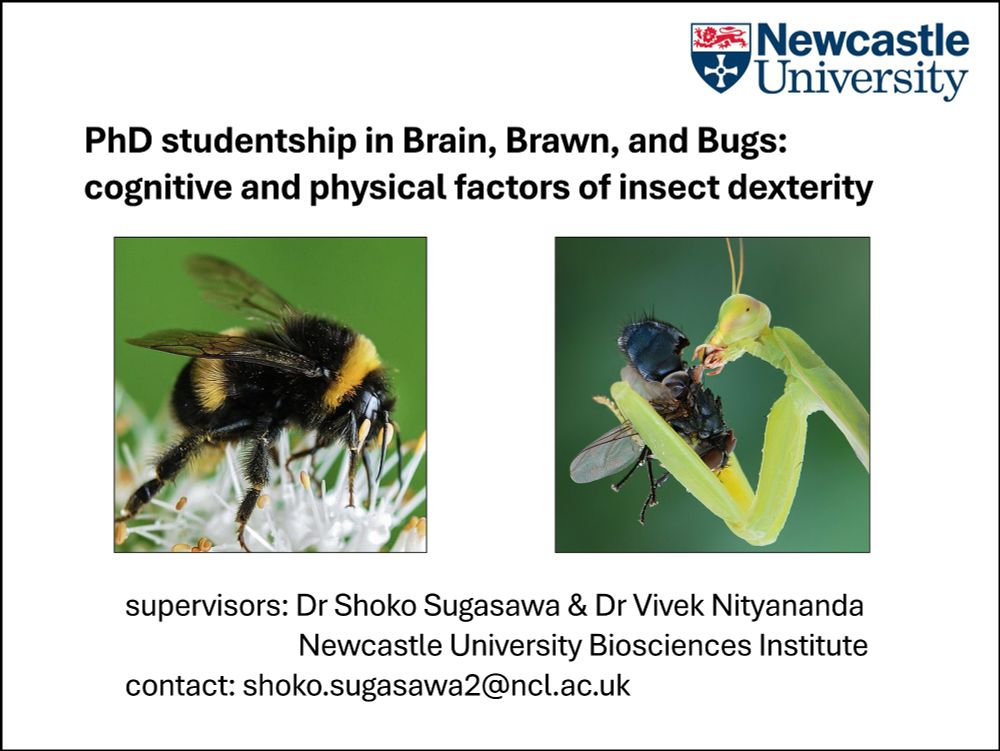
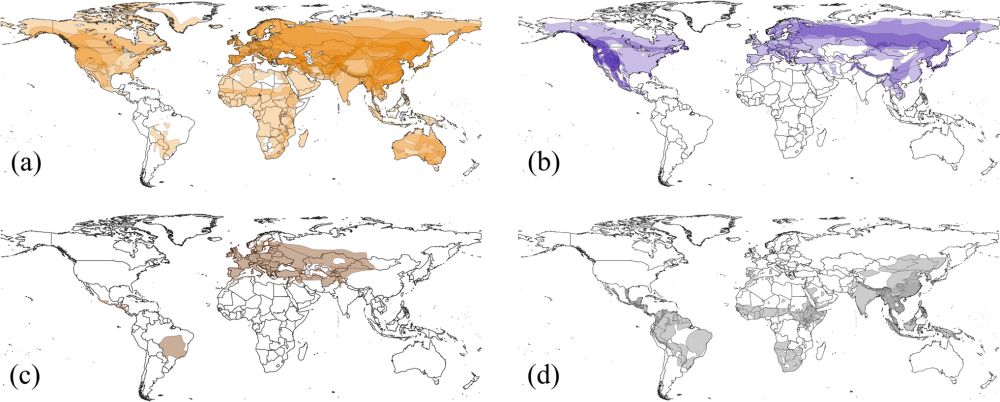
Project on avian nest construction. Duties will include conducting behavioural experiments with zebra finches on nest building. Post available for 24 months starting ASAP. Closing date 18 March
www.vacancies.st-andrews.ac.uk/Vacancies/I/...

Project on avian nest construction. Duties will include conducting behavioural experiments with zebra finches on nest building. Post available for 24 months starting ASAP. Closing date 18 March
www.vacancies.st-andrews.ac.uk/Vacancies/I/...
